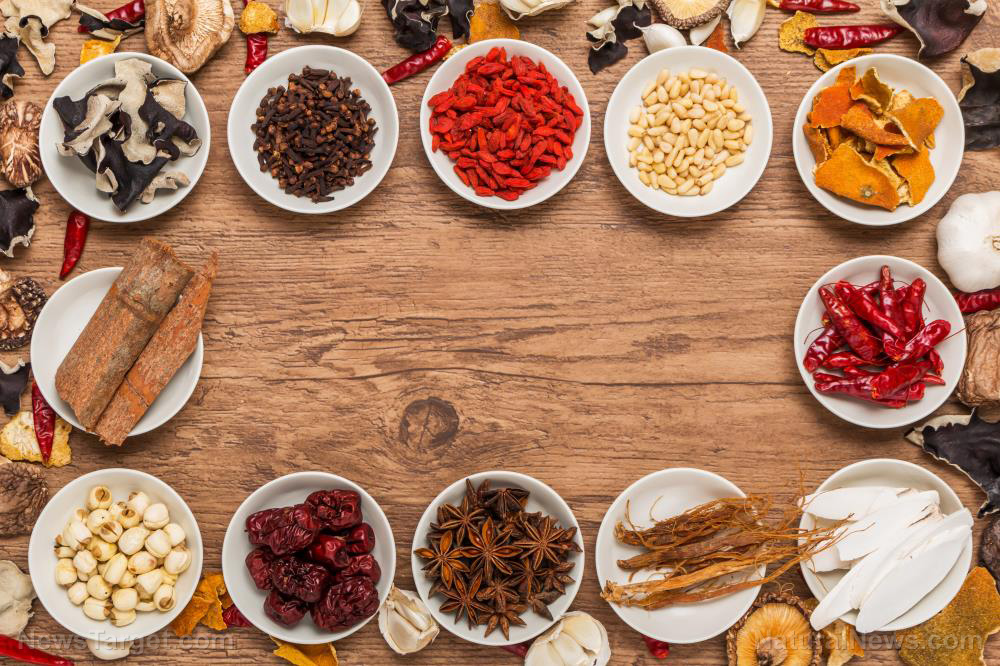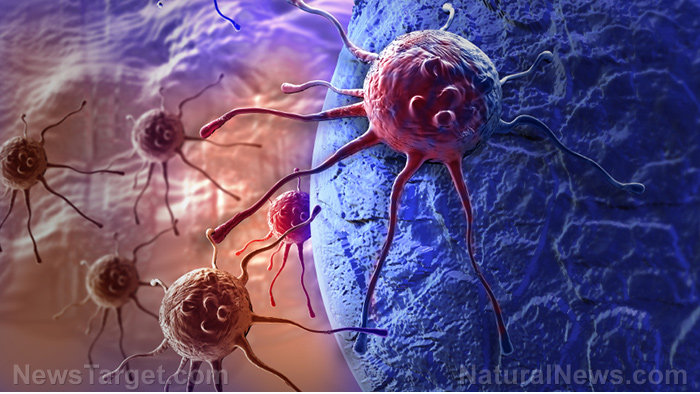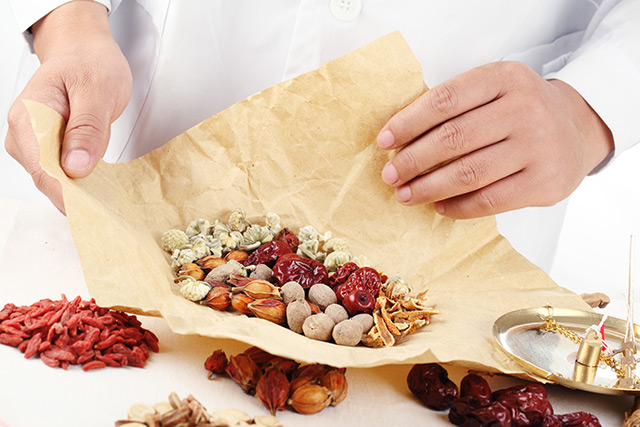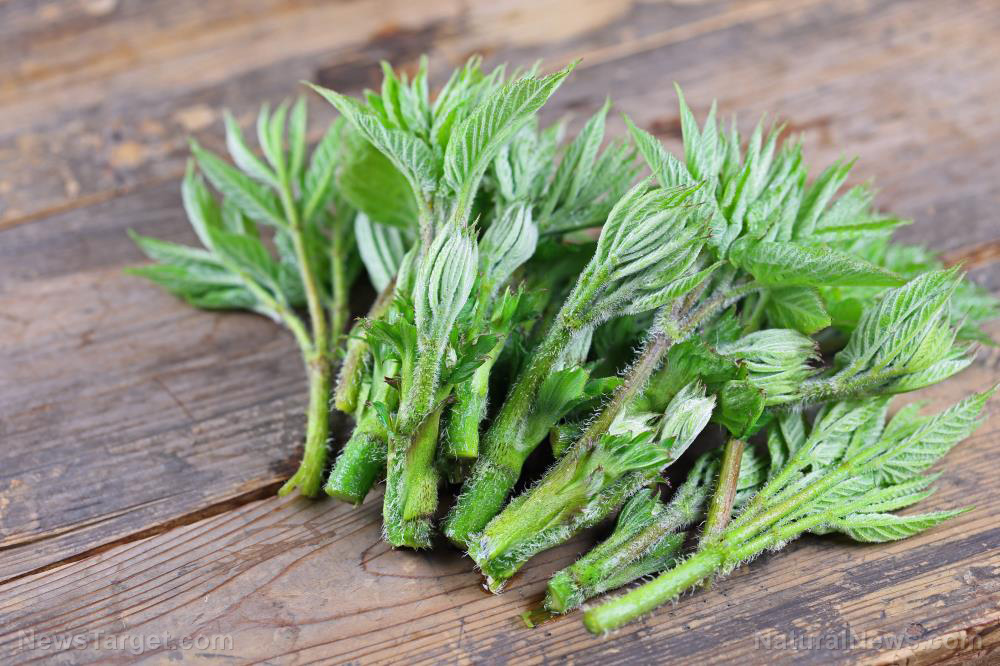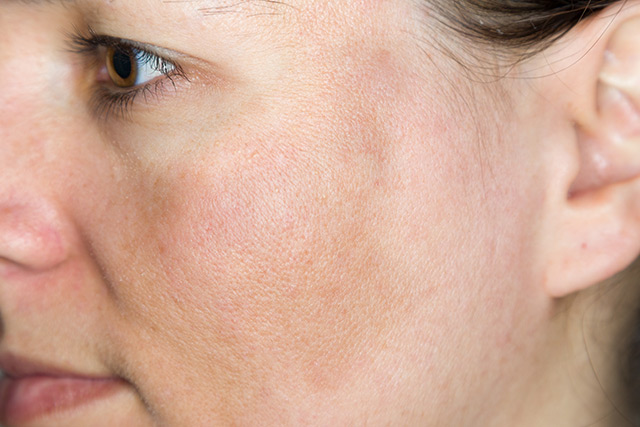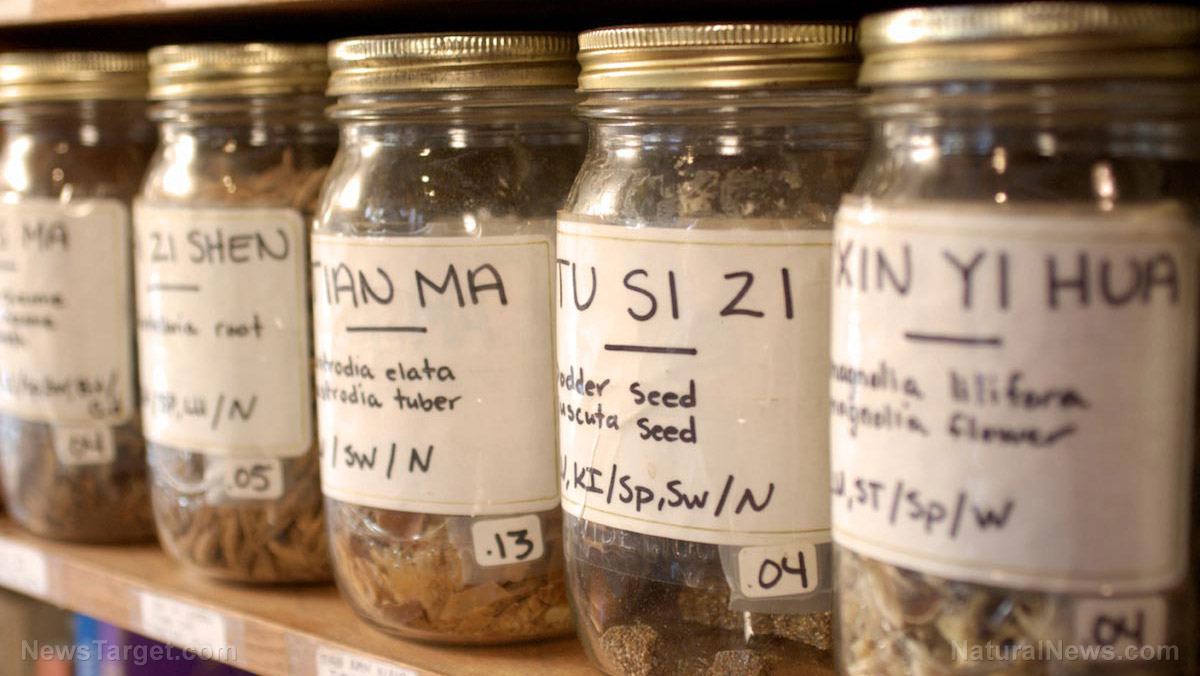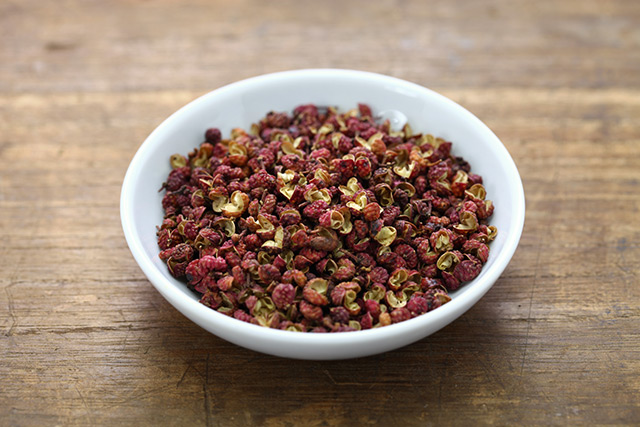The Spatholobus stem shown to have therapeutic benefits
10/18/2018 / By Ellaine Castillo

Oxidative stress is a major cause for many diseases. In order to lessen the effects of oxidative stress, we are recommended to take in more foods that are high in antioxidants. A study, conducted by researchers from Guangxi University, revealed that the medicinal plant Spatholobus suberectus Dunn possesses antioxidant properties that reduce oxidative stress. This finding, which was published in BMC Complementary and Alternative Medicine, was based on the effects of S. suberectus on cells that were induced to experience oxidative stress.
- Viral infection and pathogenesis is mediated by an increase in reactive oxygen species, which induces oxidative stress and the consequent destruction of cell structures.
- Porcine circovirus diseases, brought about by porcine circovirus type 2, are examples of viral infections that cause reactive oxygen species to increase and cell viability to decrease.
- S. suberectus is a common traditional Chinese medicine that has been shown to improve circulation, reduce inflammation, kill bacteria, protect brain cells, and prevent cancer. These properties of S. suberectus can be attributed to the presence of bioactive compounds, especially flavonoids.
- For this study, the antioxidant effects of total flavonoids in S. suberectus were evaluated against porcine circovirus type 2-induced oxidative stress in RAW264.7 cells.
Based on the results of the experiment, total flavonoids in S. suberectus were able to reduce oxidative stress without being toxic to the cells. This proves that S. suberectus has antioxidant properties and has potential use in treating diseases involving oxidative stress.
Read the full text of the study at this link.
Learn more about how Spatholobus suberectus Dunn reduces oxidative stress by visiting ChineseMedicine.news today.
Journal Reference:
Chen H-L, Yang J, Fu Y-F, Meng X-N, Zhao W-D, Hu T-J. EFFECT OF TOTAL FLAVONOIDS OF SPATHOLOBUS SUBERECTUS DUNN ON PCV2 INDUCED OXIDATIVE STRESS IN RAW264.7 CELLS. BMC Complementary and Alternative Medicine. 2 May 2017;17(244). DOI: 10.1186/s12906-017-1764-6
Tagged Under: antioxidant, chinese herb, Free radicals, herbal medicine, natural cures, natural medicine, oxidative stress, reactive oxygen species, ROS, traditional Chinese medicine, traditional medicine, viral infection, viral pathogenesis

